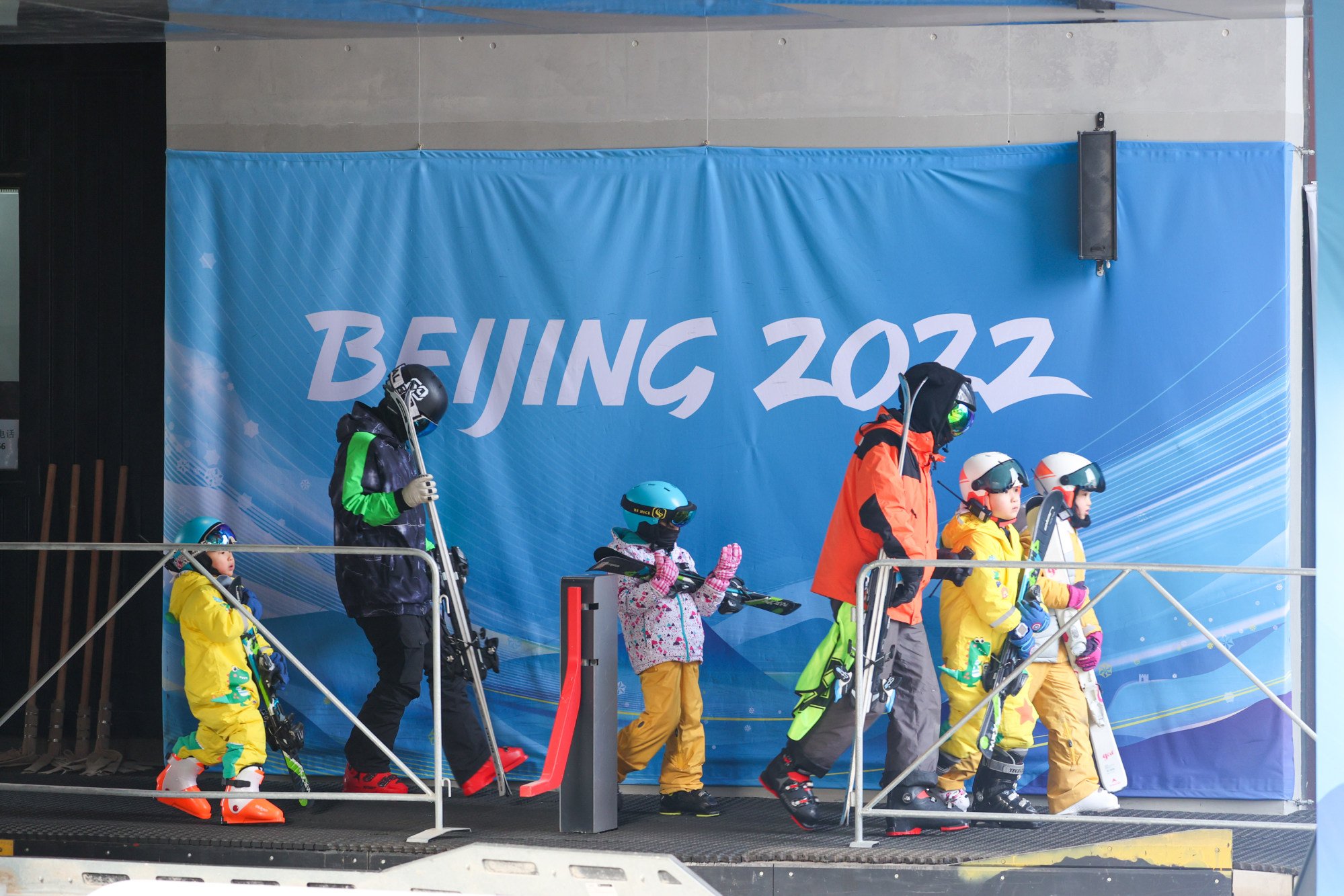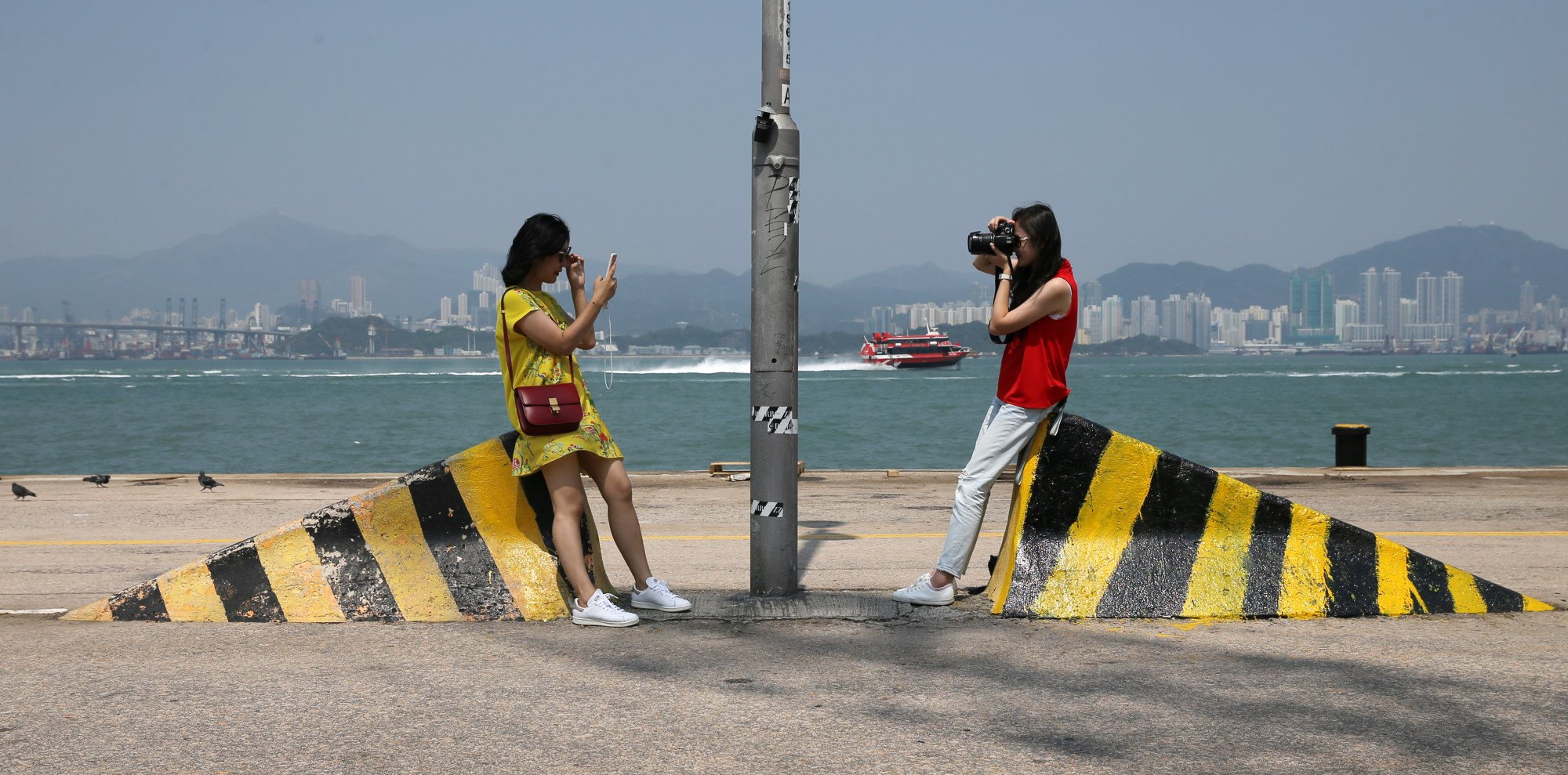
To attract tourists again, Hong Kong must look to Harbin, China’s ice capital, for lessons. But could we ever offer that city’s warmth?
- Hong Kong needs new ideas to boost tourism again after underwhelming campaigns like ‘Hello Hong Kong’ and ‘Night Vibes Hong Kong’
- The recent success story of Harbin – whose warm and welcoming people play a valuable part – offers important pointers for Hong Kong to consider and emulate
Most of my column space in 2023 was dedicated to Hong Kong tourism, specifically assessing the government’s efforts to reimagine and renovate the city’s tourism industry, from campaigns like “Hello Hong Kong” to “Night Vibes Hong Kong”.
It was a significant topic, considering that the city’s mask mandate was only lifted in March 2023 – making it one of the world’s longest such mandates.
The importance of attracting foreign visitors to Hong Kong and encouraging locals to increasingly engage in the city’s nightlife – ultimately making the city more appealing to tourists – cannot be overlooked.
In response to the post-Covid era and the sluggish global economy, the government launched various campaigns to promote the city’s diverse attractions, cultural heritage, nature, arts scene and culinary landscape.

Additionally, shopping and entertainment were emphasised to capitalise on the city’s top-class malls, premium venues and world-class events like the Hong Kong International Film Festival.
However, the response to these efforts has been lukewarm.
How to fix Hong Kong’s baby crisis? Handouts alone cannot solve all problems
Additionally, virtual reality (VR) could be used to provide simulations of iconic Hong Kong experiences.
I believe that implementing a combination of these suggestions and fostering continuous innovation could help Hong Kong distinguish itself from its competitors.

Recently, I came across exciting news indicating that China’s first “internet celebrity” city – a hot destination popular among internet users – of 2024 has emerged: Harbin, the capital of Heilongjiang province in the country’s northeast.
The city is renowned for its annual Harbin Ice and Snow Festival, which takes place for two months from late December to late February.
Every year, visitors from all over the country flock to Harbin to enjoy the mesmerising ice and snow sculptures. As of December 20, 2023, Harbin airport’s passenger throughput for the year had already surpassed 20 million, making it the first airport in China’s northeast region to reach this milestone.
The winter season has always been a peak tourist period in northeastern China, but after the 2022 Beijing Winter Olympics, domestic ice and snow tourism has experienced an incredible surge.
It is worth noting that Harbin’s rise in popularity cannot be solely attributed to influencers or deliberate planning. The popularity of any city is a complex and unpredictable phenomenon. Its potential for popularity, the extent to which it may become popular, and even the duration of its popularity are all subject to various random factors.
Harbin’s success story offers valuable lessons for Hong Kong to consider and emulate. However, there are a few fundamental prerequisites to bear in mind.

Foremost is the adoption of a “user mindset” by Hong Kong, which entails understanding the desires and expectations of tourists and offering products and experiences that cater to their preferences, rather than simply providing what we assume they want and hoping for their acceptance and adaptation.
This principle becomes even more crucial in the age of social media and global travel. In today’s tourism landscape, people no longer merely seek out popular attractions for the sake of checking them off a list; they closely value the overall experience throughout their journey. By focusing on providing memorable and fulfilling experiences, Hong Kong can enhance its appeal and attract a broader range of travellers.
For instance, Harbin has constructed a large artificial moon, allowing tourists to capture better pictures without relying on portable lighting. The city has also erected small warm houses to provide comfort for tourists from southern China who may feel unaccustomed to the colder climate.
Hong Kong cannot solely continue with business as usual in the highly competitive [tourism] market
To facilitate the consumption of Harbin’s popular frozen pears, the city has even introduced frozen pear platters, making it more convenient for tourists to savour the delicacy.
These meticulous details play a significant role in ensuring that tourists feel warmly embraced, cared for and respected. Consequently, their positive experiences are widely shared on the internet, contributing to Harbin’s “internet celebrity” city status.
In today’s era of social media, tourists reign as the kings and queens of the internet realm. To win them over, we need to adhere to the norms and expectations prevalent in the realm of social media.

However, it is important to recognise that even after a city becomes popular, it does not imply perfection. In fact, flaws and challenges may become magnified under the intense scrutiny brought about by increased attention. Hence, the government, tourism officials and operators should consistently enhance their services.
It is impossible to satisfy everyone, and every city will invariably possess its own set of shortcomings. The key lies in the attitude and efficiency with which problems are addressed.
Hong Kong cannot solely continue with business as usual in the highly competitive market. To thrive, it must sincerely enhance its services and prioritise the genuine needs of tourists. By doing so, the city can capture the hearts of visitors and establish itself not only as an “internet celebrity” city but also as a long-term popular destination.
Does Hong Kong need expats back? Absolutely – our city is better for it
A recent incident in Harbin serves as a valuable lesson, highlighting the significance of both attention to detail and a heartfelt approach.
With the recent upsurge in tourist arrivals, many travellers encountered difficulties in securing taxis or ride-hailing services. In response, the local residents demonstrated remarkable unity and organised a fleet of about 300 private vehicles, providing complimentary rides to tourists.
This heartwarming account quickly spread, further amplifying the touching aspect of the Harbin story. Despite the city’s freezing climate, its residents work diligently to create a warm and welcoming environment for their guests.
Hong Kong would benefit from drawing inspiration from Harbin’s example by placing greater emphasis on attention to detail and sharing genuine warmth in embracing foreign visitors.
Luisa Tam is a Post editor who also hosts video tutorials on Cantonese language that are now part of Cathay Pacific’s in-flight entertainment programme


